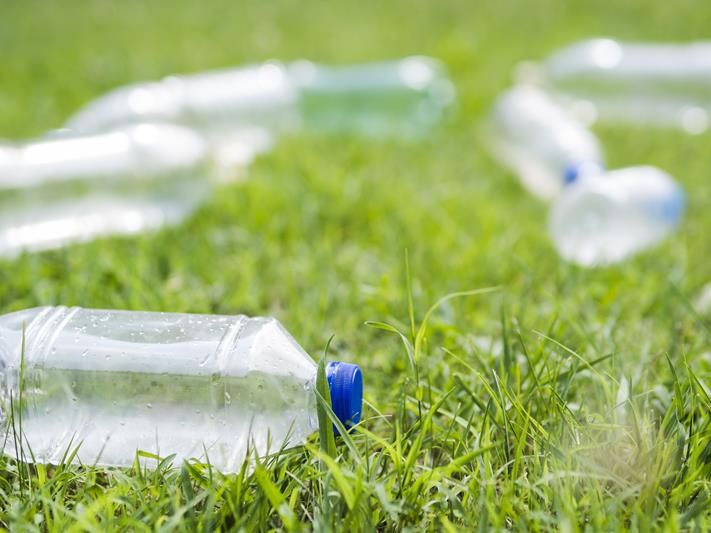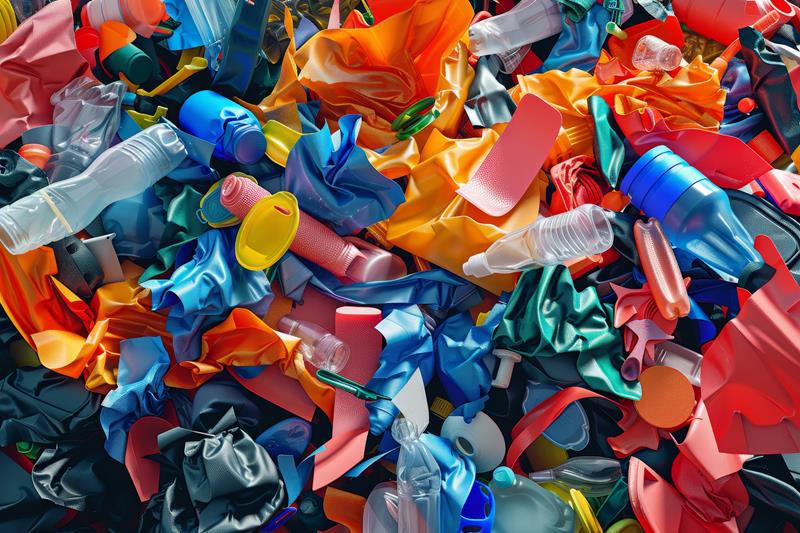The reasoning hypothesis of synthetic dirtying is the most unregulated complication of present-day society. The production of goods from polymer raw materials does not stop, moreover, it becomes a pollutant and threatens people’s lives. The frequency of cases fixing microplastics in the individual anatomy enlarges, so it is necessary to conduct a thorough investigation of the information to form a personal opinion. Let’s examine and detect where the Shoe pinches.
What Is Microplastic?
To begin with, to understand what we are talking about, we need to inspect what microplastics are. They are small synthetic bits ranging from 1 micron to 5 mm. To imagine what these 5 mm mean, let’s imagine them compared with the size of sand from a sandy beach, which is 100 microns. As you can see, microplastics are very small-scale fragments, inconspicuous to the naked eye. However, catching microplastic in the human body can leave an incomparably massive trace of negative impact on good physical condition.
How Microplastics Enter the Human Body
Studies have verified microplastics can diffuse into the individual body through the mouth, nose, and skin. When drinking and eating, microplastic in water and microplastic in food first diffuse into the gastrointestinal tract, and from there they diffuse into the blood and spread throughout the body. Scientists have discovered the presence of microplastic in salt and sugar. It is found in berries, vegetables, fish, and flour. Unfortunately, there are no products left that do not contain synthetic inclusions. Do you want to know how much plastic do we eat? The answer is shocking. Researchers say that each person consumes 5 grams of microplastic per week.
We eat plastic, bathe in it, and even inhale it. A group of scientists at Princeton suggests the migration of microplastic bits from the ocean to the atmosphere through bursting bubbles. Analogous to the process in a bottle of sparkling water while opening the glass, but polluted ocean water during surfing or when a wave hits the shore carrying plastic fragments into the air.

Where Do They Go in the Body?
It has been validated that microplastics appear in all major groups of visceral organs in thehuman body: in tissues, the lungs, the brain, blood, and even in pregnant women’s bodies and breast milk.
Scientists from the University of New Mexico have found microplastic in testicles. They suggest that microplastics may contribute to lower sperm counts because microplastics are reproductive toxicants, meaning they are substances that negatively affect reproductive ability.
Scientists have discovered microplastic in the brain for the first time. It is difficult to accurately assess the impact of plastic inclusions in the body on productivity. A long-term assessment can only be obtained after continued observation.
Health Impacts of Microplastics
There is no definitive opinion yet on what harm can be caused by the aggregation of plastic fragments in the body, but practical experience has already determined some correlations.
What do Microplastics do to the Brain?
It has been estimated that microplastics get into the brain through the olfactory bulb – a special zone in the brain that transfers fillings about smells from the nose. Microplastics can disrupt this function and cause neurological and psychiatric diseases, such as dementia. The neurons of the frontal cortex are often affected during dementia, and the examined samples were from that part of the brain therefore the scientists hypothesized a connection between the increase in the quantity of microplastics in the brain and the extension in the amount of cases of Alzheimer’s disease.
Are Microplastics Neurotoxic?
Ingested or inhaled microplastic particles can lead to inflammatory reactions, immune reactions, and neurotoxic effects.
How Microplastics Affect Cognitive Function
With a detrimental effect on the functioning of the brain, the longstanding collecting of microplastics in the organ can provoke a serious disease that causes inflammation and death of brain cells.
Can you get rid of microplastics in your body?
To decrease the accumulation of microplastics in humans, it’s suggested to manage the sources of their distribution.
Additionally:
- drink water and give infants water not from plastic bottles;
- give preference to clothes made of natural fabrics: linen, silk, organic cotton, wool;
- limit the use of decorative cosmetics, monitor the composition and quality certificates of purchased products – from medicines to household items;
- try not to use non-biodegradable packaging, and learn how to sort garbage;
- ventilate the room (since plastic microfibers are in the air, they often settle in the apartment in the form of dust);
- use high-tech equipment to remove microplastics (washing balls, laundry bags, and filters attached to washing machines).
The microplastic’s influence on nature and the well-being of its inhabitants must be controlled and improved. Stop the pollution! Be part of the solution!
Each person can contribute to the fight against the spread of microplastics by reducing or completely refusing to use disposable plastic products and choosing eco-friendly items (such as glass and metal, or biodegradable eco materials). Although collecting billions of tons of garbage polluting natural resources is impossible, we should think about our future and change our consumer philosophy, taking a step towards conscious purchases.

Author

Anna Smirnova
Former chemist, content writer on https://rythmoftheworld.com From my career as a chemist, I brought the skills of discovering, analyzing, filtration, separation, distillation, and explanation. I adore art, photography, traveling, hiking, and winter.



